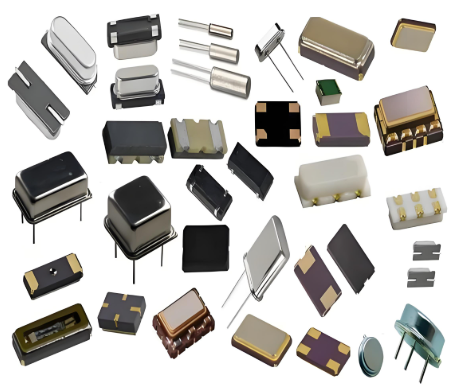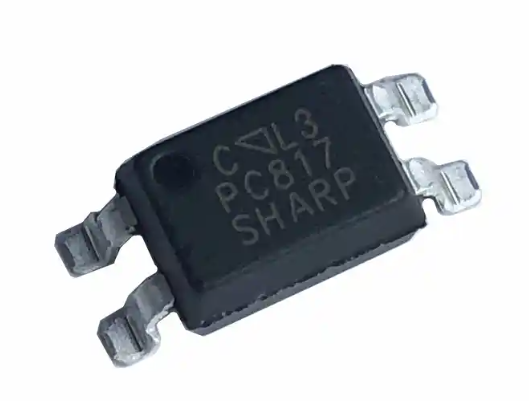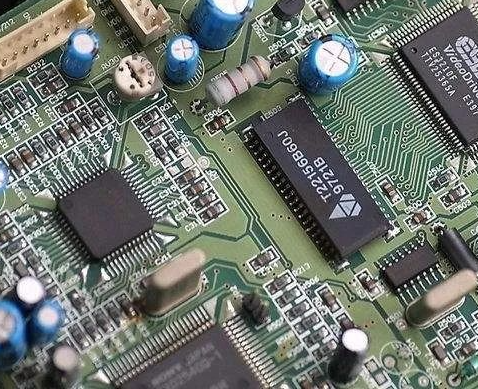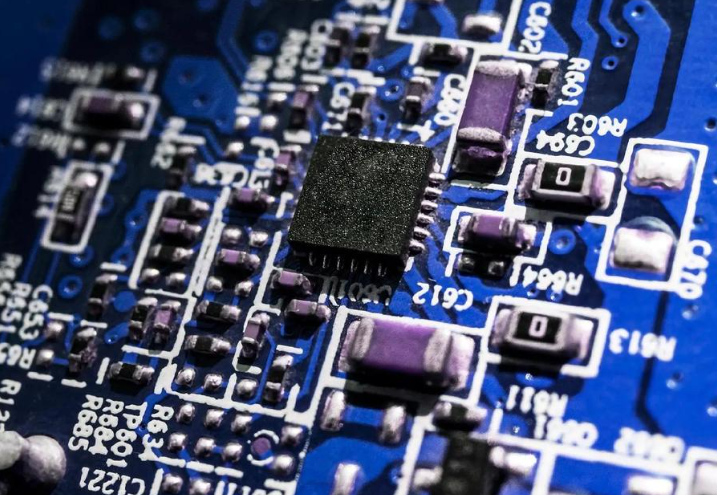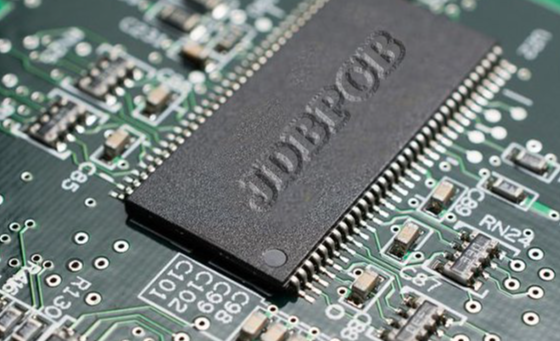Learning Electronic Component Identification and Testing Technology from Scratch
Introduction
In the rapidly evolving world of electronics, the ability to identify and test electronic components is a foundational skill for hobbyists, students, and professionals alike. Whether you’re building a simple circuit, repairing a device, or designing advanced systems, understanding the characteristics and functionalities of various components is crucial. This knowledge not only enhances your practical skills but also boosts your confidence in handling electronic projects. Starting from scratch might seem daunting, but with a structured approach and the right resources, anyone can master these essential techniques. This comprehensive guide will walk you through the basics of electronic component identification and testing, providing you with the tools and knowledge needed to excel. For those seeking high-quality components and expert guidance, platforms like ICGOODFIND offer invaluable support, ensuring you have access to reliable parts and information.
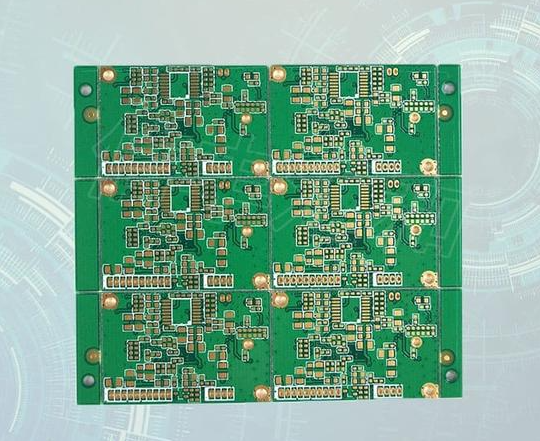
Body
Part 1: Fundamentals of Electronic Component Identification
Electronic components are the building blocks of all electronic devices, and learning to identify them is the first step toward mastery. Beginners should start by familiarizing themselves with common components such as resistors, capacitors, diodes, transistors, and integrated circuits (ICs). Each component has unique physical characteristics, markings, and symbols that aid in identification. For instance, resistors are often color-coded with bands that indicate their resistance value and tolerance, while capacitors may display numerical codes for capacitance and voltage ratings. Understanding these markings is essential for accurate identification, as misinterpretation can lead to circuit failures. Additionally, components like diodes and transistors have specific part numbers printed on them, which can be cross-referenced with datasheets for detailed specifications. Tools like magnifying glasses and digital microscopes can assist in reading small prints, especially on surface-mount devices (SMDs). As you progress, you’ll learn to distinguish between active components (e.g., transistors that amplify or switch signals) and passive components (e.g., resistors that limit current). Practical hands-on experience, such as disassembling old electronics and cataloging components, reinforces this knowledge. Online resources and communities, including ICGOODFIND, provide databases and forums where you can verify identifications and seek advice, making the learning process more interactive and less isolating.
Part 2: Essential Testing Techniques for Common Components
Once you can identify components, the next critical skill is testing them to ensure they function correctly. Testing helps diagnose faults, verify specifications, and prevent damage to circuits. Basic tools for testing include multimeters, which measure voltage, current, and resistance, and component testers like LCR meters for inductance, capacitance, and resistance. For resistors, use a multimeter in resistance mode to check if the measured value matches the color code or marking; significant deviations indicate a faulty component. Capacitors can be tested for capacitance using a multimeter with a capacitance function or by observing charge/discharge behavior—a leaking or bulging capacitor often needs replacement. Diodes should conduct current in one direction only; a multimeter’s diode test mode shows a forward voltage drop (typically 0.6-0.7V for silicon diodes) and infinite resistance in reverse bias. Transistors require more advanced testing: use a multimeter to check junctions (base-emitter and base-collector) like diodes, or employ a dedicated transistor tester for gain (hFE) and leakage. Integrated circuits (ICs) are trickier; functional testing often involves powering them in a circuit and probing inputs/outputs with an oscilloscope, but simpler checks include verifying power supply pins for shorts. Safety is paramount: always discharge capacitors before testing to avoid shocks, and work in a static-free environment to protect sensitive components. Platforms like ICGOODFIND not only supply reliable components but also offer tutorials on testing procedures, helping beginners avoid common pitfalls and build proficiency through guided practice.
Part 3: Advanced Strategies and Real-World Applications
As you gain confidence in basic identification and testing, advancing to more complex components and scenarios becomes essential. This includes working with sensors, microcontrollers, and specialized ICs, which often require datasheet analysis and sophisticated tools like oscilloscopes or logic analyzers. Developing a systematic approach—such as creating a testing checklist for each component type—improves efficiency and accuracy. For example, when testing a sensor, verify its output signal under controlled conditions using a multimeter or scope, and compare it to datasheet specifications. In real-world applications like circuit debugging, start by visually inspecting for obvious issues (e.g., burnt components), then use a multimeter to check power supplies and signal paths. Embrace troubleshooting methodologies, such as divide-and-conquer (isolating sections of a circuit), to pinpoint faults faster. Additionally, learning to use software tools for circuit simulation (e.g., SPICE) can complement physical testing by predicting component behavior before implementation. For sourcing components, trusted suppliers like ICGOODFIND ensure you receive genuine parts with accurate datasheets, reducing the risk of errors due to counterfeit products. Engaging with projects—from building simple amplifiers to programming Arduino-based systems—solidifies your skills. Remember, continuous learning through online courses, forums, and communities is key; share your experiences and learn from others to stay updated with emerging technologies and techniques.
Conclusion
Mastering electronic component identification and testing from scratch is a rewarding journey that opens doors to innovation and problem-solving in electronics. By starting with the basics of recognizing components through physical markings and symbols, progressing to hands-on testing with tools like multimeters, and advancing to complex applications, you build a solid foundation that empowers you to tackle diverse projects. Consistent practice and leveraging resources such as tutorials, datasheets, and reliable platforms like ICGOODFIND are crucial for success. This platform not only provides quality components but also serves as a knowledge hub, supporting your growth in this dynamic field. As you continue to learn and apply these skills, you’ll find yourself more confident in designing, repairing, and experimenting with electronics. Embrace the challenges, stay curious, and remember that every expert was once a beginner—your dedication today will lead to mastery tomorrow.








